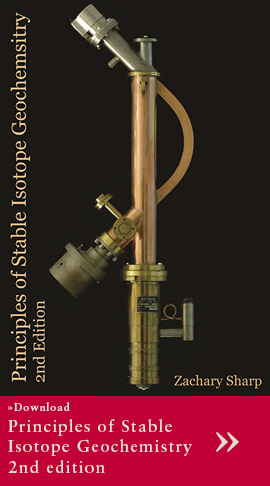Extending the potential for hydrogen isotope tracers in ecology: experiments, biochemistry and field studies
The hydrogen isotopic composition (δ2H) of animal tissues has become as a valuable tool in the investigation of animal movements and the study of habitat use. The biochemical foundation needed for animal ecologists to confidently apply δ2H analyses to ecological problems has yet to be adequately revealed. This project will uncover some of the fundamental underpinnings of δ2H in tissues of vertebrates. New methods developed by the PIs to analyze compound-specific isotopes of individual amino acids in animal tissues will be used to determine whether hydrogen can be directly routed from dietary amino acids into tissues. Biosynthetic mechanisms responsible for determining hydrogen isotope patterns observed in bulk tissues will be explored in a series of laboratory experiments that will address two problems: 1) the magnitude and degree of variation in discrimination values for avian tissues, and 2) the biochemical mechanism of hydrogen incorporation from an animal’s food and water. To accomplish this task, tilapia (Oreochromis niloticus) will be reared in tanks with water and food components having unique and controlled isotopic compositions. The δ2H of individual amino acids, particularly those that are indispensible for growth, will be measured to trace incorporation from dietary protein, carbohydrate, lipid, and water into fish tissues. The research will be extended to a population-based study of black-throated blue warblers (Dendroica caerulescens), in which the PIs will examine hydrogen isotopic fractionation in individual amino acids from feather, bone, and liver tissues in context with their diets from three locations that span the continental range in North America. The PIs will develop and teach a course designed to raise awareness of the potential uses of stable isotopes in the biological sciences and set the stage for future collaboration with researchers in the developing world. Funding from this proposal will assist in their teaching a short course on isotopic ecology in La Paz, Mexico, which will include a section on the use of hydrogen isotopes in animal ecology.


